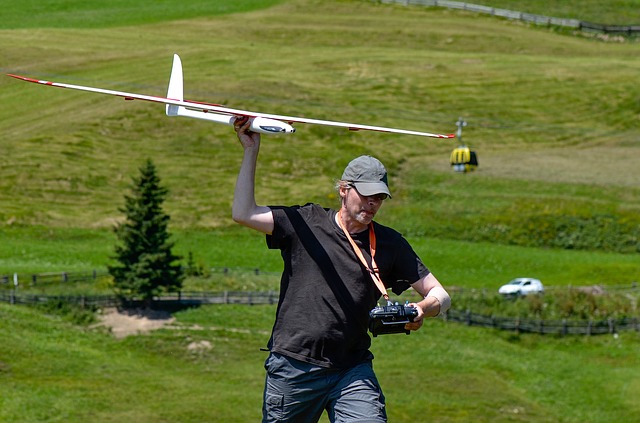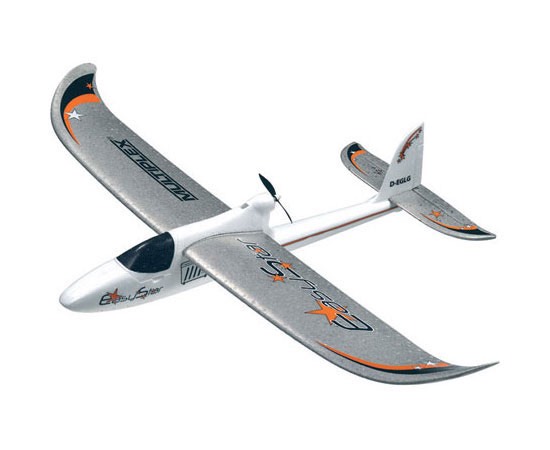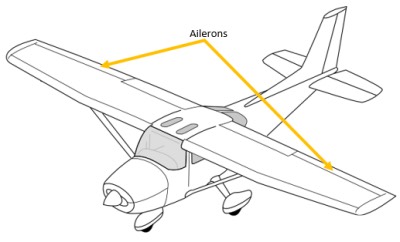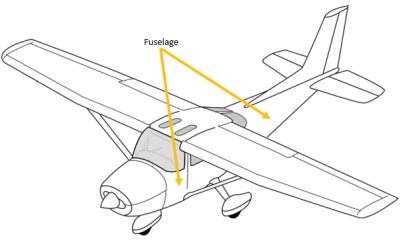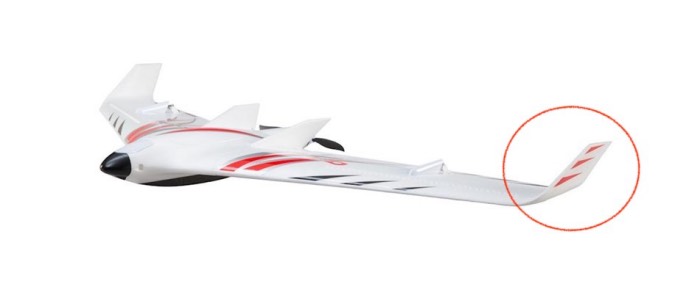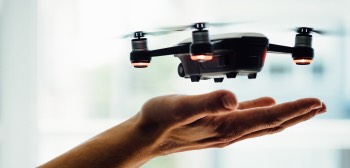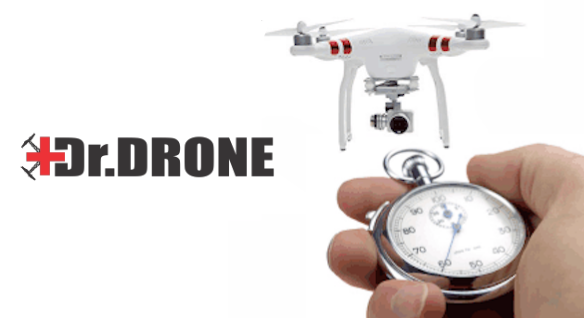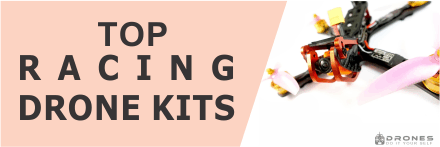When it comes to efficiency we’re looking at the useful parts of an RC airplane. I know that sounds strange like what part of an aircraft isn’t useful.
Well on the remote-control scale as long as you design the control surfaces correctly, you can do pretty well.
The wings for example are useful because they provide the lift. Other surfaces such as the fuselage and tail only contribute to the drag.
When choosing most efficient RC Planes, there are some specific parts to consider, let’s find out them.
Easy Star
Let’s take a look at a common design the “easy star”.
Ailerons and Elevators
on first glance we see that the ailerons and elevators basically perform the same functions.
So we can get rid of the elevator section which saves the ton of weight remember as you cut down on the bulk items your RC plane as you’re still
going to have more control since there’s less bulk.
Fuselarge
Another thing what we can get rid of is the fuselage given that the battery is the of the right size.
While the fuselage may have an aerodynamic shape, still contributes to the drag,
unless you make the fuselage a part of the main airfoil which is our goal.
If you have the right airfoil most parts can be fit inside the airfoil,
this drastically reduces the drag you would have if you put your receiver and battery on top of the airfoil.
Winglets
The winglets are worth keeping since they increase stability and reduce wingtip vortices which cause increased drag.
So keep in mind the only control surfaces, we are interested in keeping are the Elavon z’ ,
since they will serve the same purpose as the elevator and ailerons.
Flaps
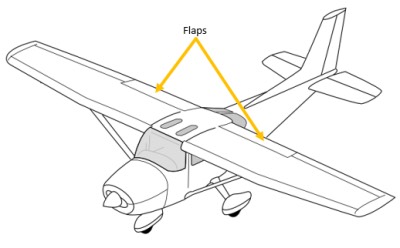
Flaps are sometimes necessary if you have a very large RC plane or you want cool flight dynamics.
But they don’t contribute to the increased efficiency. The servos add weight and the flap surfaces disturb the laminar airflow over the airfoil.
So far we’ve eliminated most of the fixed wing designs like the Basilar and Easy Star. Which leaves us with the choice for the most efficient RC Aircraft designed.
Flying Wing “The most efficient RC plane”
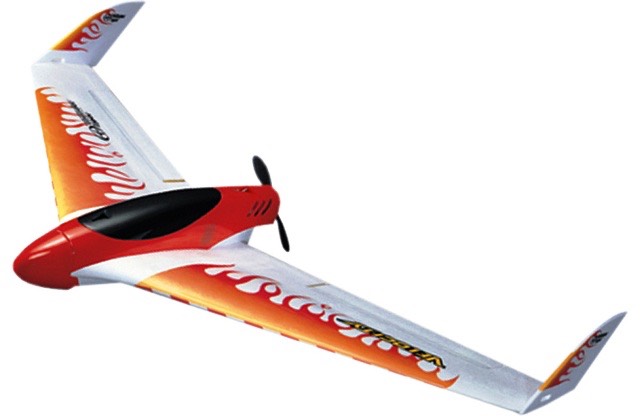
flying wing with the flying wing your entire surface area with the exception of the winglets is contributing to the lift.
So there is not any part of the aircraft that is causing just drag.
Most of the flying wings can go for an hour minimum of flight and they’re pretty easy to learn to fly,
since there are only two control surfaces the learning curve for a flying wing is much easier than save for a Bixler.
Additionally since your entire control surface is a wing you can perform flips and other stunts and you can regain control quite easily.
Oftentimes with the fixed-wing aircraft, the elevator and rudder lose their ability to control the aircraft during a stall.
That can lead to some very serious consequences since having no control during a stall may cause the plane to enter into an uncontrollable die.
But with a flying wing this isn’t an issue, because on a flying wing your ailerons are farther out on the wing surfaces.
So during a stall some portions of the ailerons will still have a smooth laminar flow going over them.
This allows you to regain control very easily and prevent the flying wing from crashing.
Conclusion
When we talking about Most efficient RC Plane, there are some specific areas to look on such as body, wings and build material.
But as a hobby and if you really care about efficiency of a RC Plane, then best choice is RC Flying wing.
I hope you got some good knowledge about RC Plane efficiency and factors to consider when choosing most efficient one. Thanks for reading, peace.

